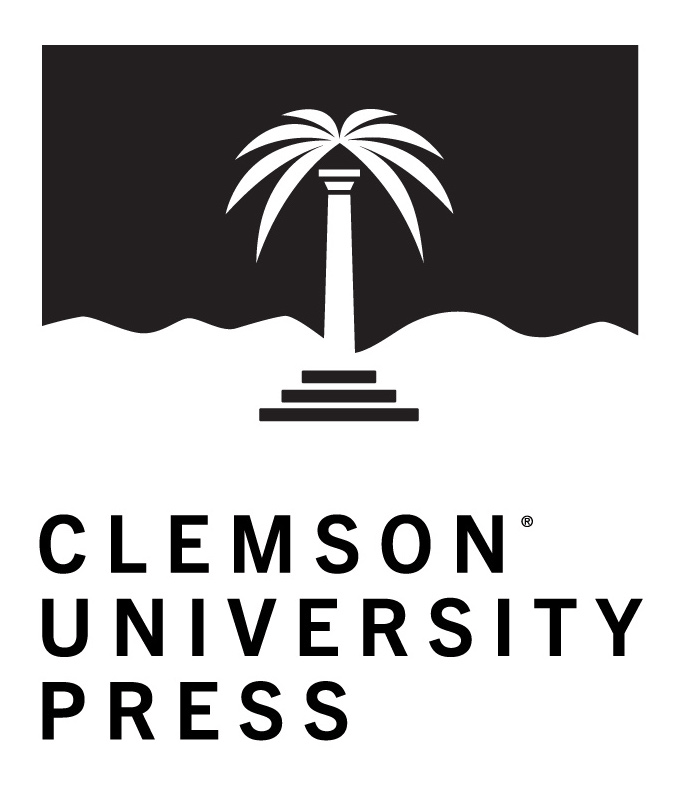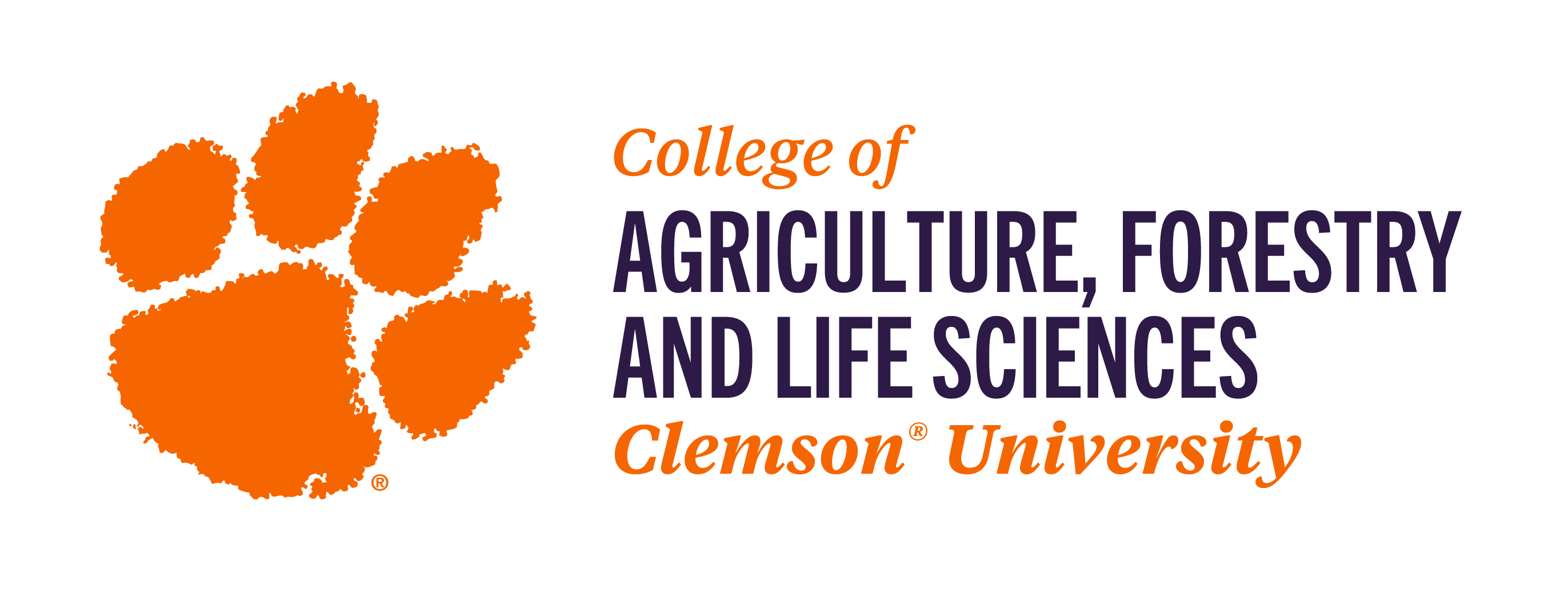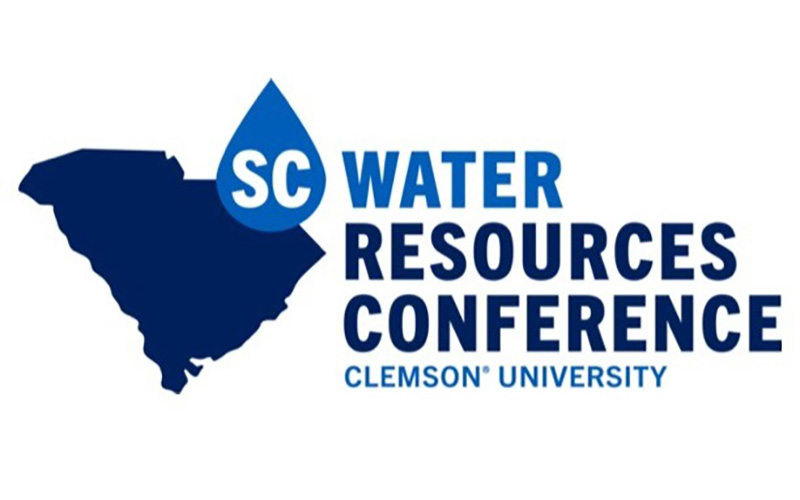Article Type
Full Research Article – Special Issue
Volume
8
Issue
1
DOI
10.34068/JSCWR/08.01.09
Abstract
A Harmful Algal Bloom (HAB) is a complex natural event that occurs when algae reach a critical biomass and create one or more toxins harmful to biological life or the environment. By definition, HABs create both ecological and public health challenges. Because governments are the entities most often tasked with the responsibility for shared resources, this case study represents a snapshot of current governmental messaging about HABs in the South Atlantic states. The objective of this online content analysis is to determine the readability of both state and federal government online communications regarding HABs using the Simple Measures of Gobbledygook (SMOG) test. Sources for this study were obtained using a targeted search of both South Atlantic state websites and federal agencies concerned with HABs and their effects on human health. In total, 90 webpages were identified from state (n=38) and federal agencies (n=42), as well as nongovernmental organizations (n=10). The average SMOG score of all 90 sources is an 11th grade reading level (10.7). This content analysis reflects the complexity of scientific communication. However, as evaluation and improvement are the final steps in any public health programming, evaluation needs to be undertaken in all environmental health communications in order to properly inform the public about known toxicological and environmental health risks.
Takeaway(s)
none
Recommended Citation
King, Jaron
(2021)
"Health Communication Blindspot: A Case Study of Harmful Algal Blooms in the South Atlantic States,"
Journal of South Carolina Water Resources: Vol. 8
:
Iss.
1
, Article 9.
DOI: 10.34068/JSCWR/08.01.09
Available at:
https://open.clemson.edu/jscwr/vol8/iss1/9






